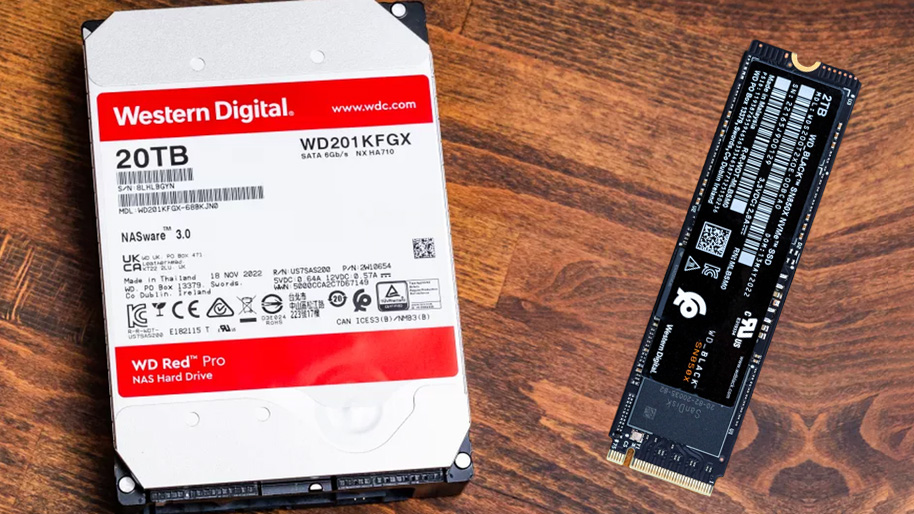Western Digital Announces Plan to Split HDD and Flash Divisions Into Two Companies
In the wake of a failed Kioxia merger, WD has decided to break up with itself.

Western Digital announced today that it plans to split its flash memory and HDD businesses into two independent companies. The news comes just days after a proposed merger with memory competitor Kioxia fell apart late last week.
According to WD's press release, the move will "position each franchise to execute innovative technology and product development," and "capitalize on unique growth opportunities." But according to Reuters, activist investor Elliott Management (which reportedly holds a nearly $1 billion stake in the company), had also pushed hard for a split.
To casual storage consumers, this move may seem a bit odd, as Western Digital effectively bought its way into the solid-state state storage business just seven years ago when it acquired SanDisk in 2016. And at least for the consumer market, solid-state storage is clearly the dominant, future-looking storage medium.
But the NAND flash market has been struggling with a glut of inventory for the past few years, leading to massive consumer price cuts and multiple big-name players losing billions and cutting production. While recent reports indicate that increasing demand and lowered production could be leading to a turnaround, it's clear that the solid-state memory market remains rocky, with several competitors and high prices for the machines and facilities required for production.
Of course, the traditional hard drive market also faces challenges of its own. But there, WD only needs to compete with Seagate and Toshiba. And with the growth of data centers and AI, demand for enterprise hard drives (a market where the profit margins are much higher than with consumer drives) is expected to remain strong through 2028 and possibly beyond.
In short, with the HDD and flash markets facing their own disparate headwinds, a divided WD may be better equipped to navigate the varied seas of storage. The company says the split is targeted for the second half of 2024.
Get Tom's Hardware's best news and in-depth reviews, straight to your inbox.
After a rough start with the Mattel Aquarius as a child, Matt built his first PC in the late 1990s and ventured into mild PC modding in the early 2000s. He’s spent the last 15 years covering emerging technology for Smithsonian, Popular Science, and Consumer Reports, while testing components and PCs for Computer Shopper, PCMag and Digital Trends.
